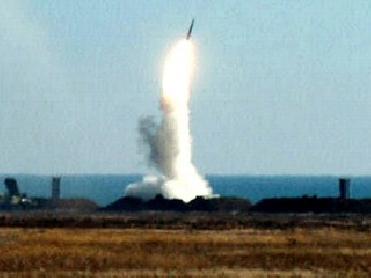The Cassiopeia A supernova remnant as captured by NASA's Chandra observatory. A NASA Photo
LONDON (BNS): A young neutron star undergoing the process of cooling in a steady manner for nearly a decade has given astronomers a new insight about the interior of such super-dense ‘dead stars’.
With the help of data obtained from NASA’s Chandra X-ray Observatory between 2000 and 2009, two astronomers have measured the temperature of the neutron star in the Cassiopeia A supernova remnant.
“This is the first time that astronomers have been able to watch a young neutron star cool steadily over time. Chandra has given us a snapshot of the temperature roughly every two years for the past decade and we have seen the temperature drop during that time by about 3%,” said Wynn Ho of the University of Southampton, Britain.
A neutron star is the dense core of a massive star that has burnt all its nuclear fuel and collapsed in supernova explosions.
The Cassiopeia A star is believed to have been exploded around 1680, thereby heating its neutron star to temperatures of billions of degrees, from which it has cooled down to a temperature of about two million degrees Celsius.
However, there is a variation in the pace of cooling of this neutron star. Initially, its core has cooled much faster than its outer layers. A few hundred years later, equilibrium is reached and the whole interior has cooled at a uniform rate. At approximately 330 years old, the Cassiopeia A neutron star is near this “cross-over age”. If the cooling is only due to neutrino emission, there should be a steady decline in temperature.
While the astronomers have observed a steady trend over the 10 year period, larger changes have been noticed in 2006, suggesting other processes may be active.
“Young neutron stars cool through the emission of high-energy neutrinos – particles similar to photons but which do not interact much with normal matter and therefore are very difficult to detect.
“Since most of the neutrinos are produced deep inside the star, we can use the observed temperature changes to probe what’s going on in the neutron star’s core. The structure of neutron stars determines how they cool, so this discovery will allow us to understand better what neutron stars are made of. Our observations of temperature variations already rule out some models for this cooling and has given us insights into the properties of matter that cannot be studied in laboratories on Earth,” said Ho.
“The neutron star may not yet have relaxed into the steady cooling phase, or we could be seeing other processes going on. We don’t know whether the interior of a neutron star contains more exotic particles, such as quarks, or other states of matter, such as superfluids and superconductors. We hope that with more observations, we will be able to explain what is happening in the interior in much more detail,” the researcher said.
Ho along with Craig Heinke of the University of Alberta in Canada made the latest observation which was presented at the RAS National Astronomy Meeting in Glasgow last week.
 Next Article
Next Article












The Indian Air Force, in its flight trials evaluation report submitted before the Defence Ministry l..
view articleAn insight into the Medium Multi-Role Combat Aircraft competition...
view articleSky enthusiasts can now spot the International Space Station (ISS) commanded by Indian-American astr..
view article